


Books in series

Yankee Correspondence
Civil War Letters Between New England Soldiers and the Home Front
1996

Exile in Richmond
The Confederate Journal of Henri Garidel
2001

Ashe County's Civil War
Community and Society in the Appalachian South
2001

Civil War Petersburg
Confederate City in the Crucible of War
2006

Take Care of the Living
Reconstructing Confederate Veteran Families in Virginia
2009

The Big House after Slavery
Virginia Plantation Families and Their Postbellum Domestic Experiment
2010

The Enemy Within
Fears of Corruption in the Civil War North
2011

Civil War Talks
Further Reminiscences of George S. Bernard and His Fellow Veterans
2012

Worth a Dozen Men
Women and Nursing in the Civil War South
2012

Frederick Douglass
A Life in Documents
2013

Confederate Visions
Nationalism, Symbolism, and the Imagined South in the Civil War
2013

Longstreet's Aide
The Civil War Letters of Major Thomas J. Goree
1995
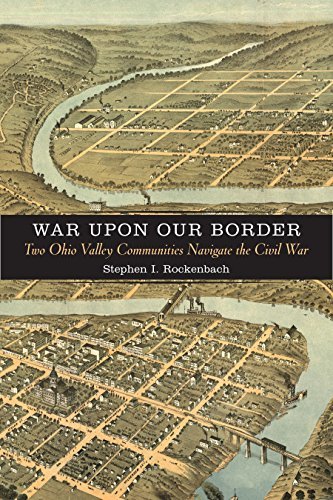
War upon Our Border
Two Ohio Valley Communities Navigate the Civil War
2016
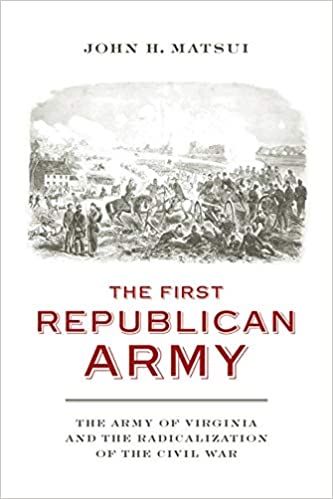
The First Republican Army
The Army of Virginia and the Radicalization of the Civil War
2017

Lincoln's Dilemma
Blair, Sumner, and the Republican Struggle over Racism and Equality in the Civil War Era
2014

Daydreams and Nightmares
A Virginia Family Faces Secession and War
2015

The War Hits Home
The Civil War in Southeastern Virginia
2001
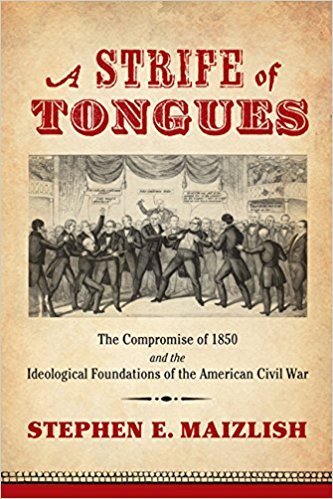
A Strife of Tongues
The Compromise of 1850 and the Ideological Foundations of the American Civil War
2018

Slavery and War in the Americas
Race, Citizenship, and State Building in the United States and Brazil, 1861-1870
2014
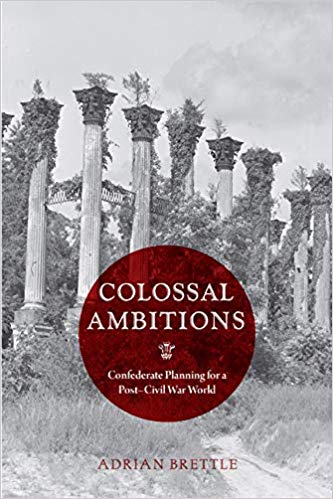
Colossal Ambitions
Confederate Planning for a Post-Civil War World
2020

Gold and Freedom
The Political Economy of Reconstruction
2015
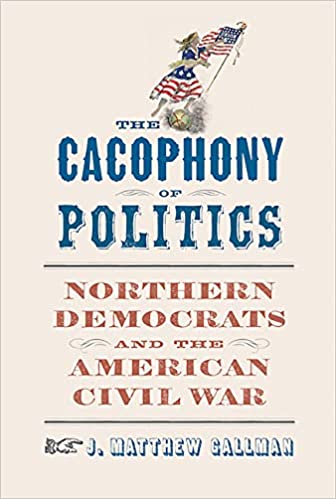
The Cacophony of Politics
Northern Democrats and the American Civil War
2021
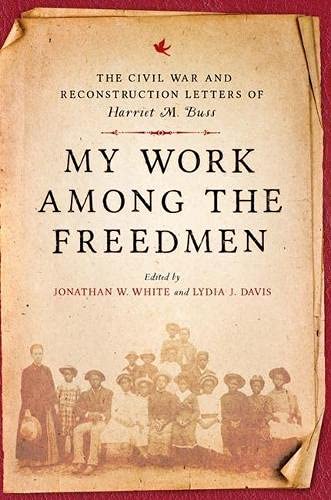
My Work among the Freedmen
The Civil War and Reconstruction Letters of Harriet M. Buss
2021
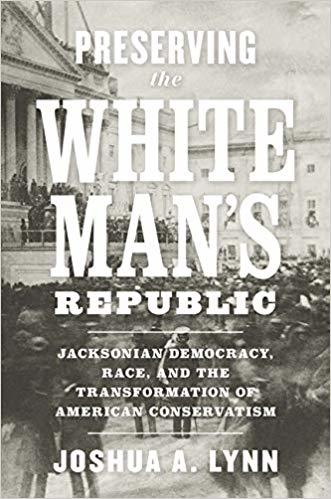
Preserving the White Man's Republic
Jacksonian Democracy, Race, and the Transformation of American Conservatism
2019

Black Suffrage
Lincoln’s Last Goal
2022

Young America
The Transformation of Nationalism before the Civil War
2022
Authors

